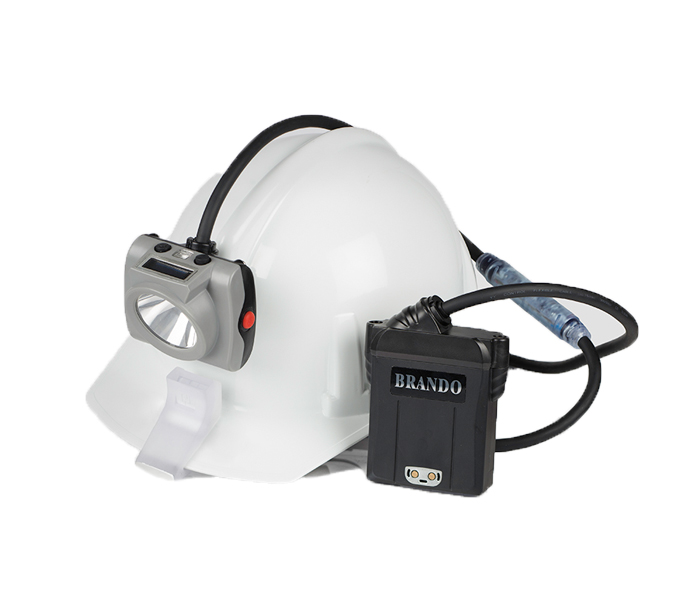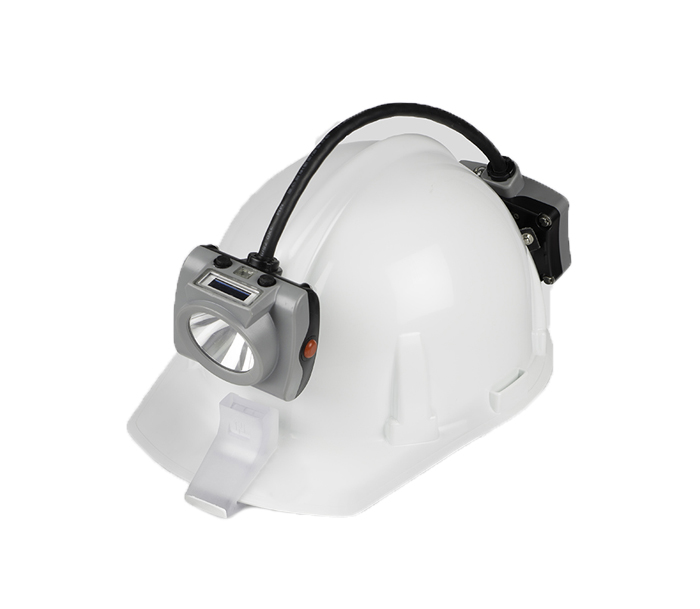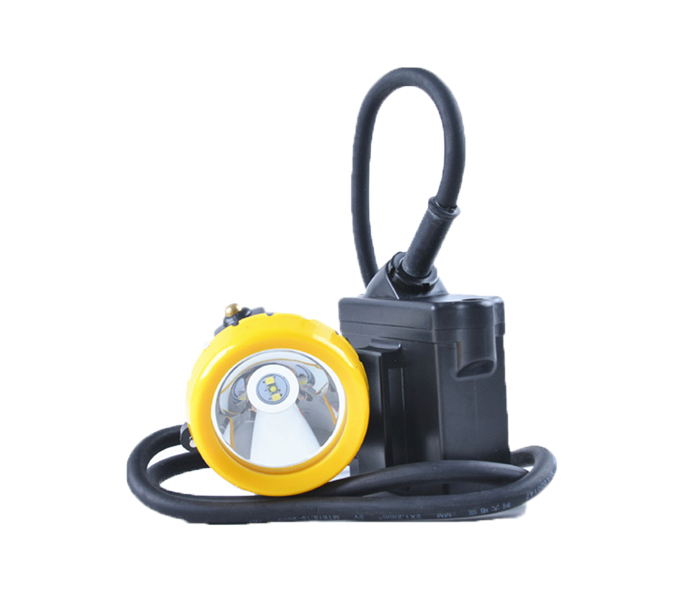2020 Australia's mining industry is surviving
A survey has revealed that Australia experienced the lowest levels of disruption at its mining operations due to COVID-19. This is contrary to mining operations in the United States, Brazil and Chile, which are demonstrated to experience a moderate to high level of disruption triggered by the pandemic. Commodities such as gold, potash and diamond were also reported to experience just a low disruption, as opposed to iron ore, coal and construction materials with higher disruption. It expects demand for metals with primarily industrial end uses, such as aluminum, nickel and zinc, to decline in step with GDP decline. Those that are countercyclical (such as gold), with new industry applications (such as copper), or driven by other end uses (such as potash in agriculture production) are likely to be more resilient.
Iron ore and metallurgical and thermal coal are likely to be hit hard as construction demand falls along with power requirements, in line with lower levels of economic activity. Anticipate that the price behaviours for major commodities could vary significantly for the remainder of the year. the pandemic had triggered a decrease in production by about 42 per cent on average, while the planned reduction for this year was roughly 30 per cent. Most operating costs also increased by around 16 per cent, which was largely driven by additional costs in infrastructure and transportation. Australia belongs to the minority of global regions that have increased its mining capital budget. The findings came from a survey in early July, which involved more than 60 senior executives, mine managers and owners. Most of the respondents mentioned that their highest priority concerned the workforce (38 per cent) and mine planning (31 per cent). This was followed by health and safety (18 per cent) and supply chain (10 per cent) priorities.


















